How Backwater Valve Installation Can Save Your Money?
Toronto has been suffering from sewer backflows for quite some time, and backwater valves have kept the issue in check so far. Let’s explore what exactly they do and how.
Backwater valves are important components of a home’s plumbing system, as they help prevent wastewater from flowing back into the house.
Installing one is an involved process and should always be done by professionals. To ensure that your backwater valve is installed correctly, it’s important to understand the steps involved in the process.
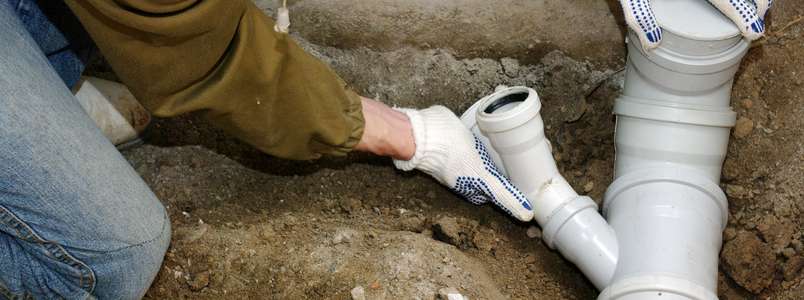
In today’s guide, we’ll take a deeper look at the backwater valve installation process, step by step.
We’ll answer questions like what is a backwater valve, how it looks, what it does, where to install it, and how to install it.
Come along as we explore the backwater valve installation process in detail.
What Is a Backflow?
To understand the working principle of a backwater valve, it’s important to understand the concept of backflow first.
Backflow is the unwanted movement of contaminated water from a lower-pressure system or sewer into clean water supply pipes.
It can occur in both residential and commercial plumbing systems when there is an imbalance between two different pressures, such as after significant rainfalls or floods. We have an article about basement floods, you may find it helpful.
Backflow is pretty common in residential plumbing systems and it can cause serious health problems if the contaminated water is consumed.
Introduction to Backwater Valve?
It’s time to explore what is a backwater valve exactly. Come along.
A backwater valve is a device installed in the plumbing system to prevent the backflow of sewage or other contaminants from entering your home’s clean water supply pipes.
It works by trapping contaminated water at its entry points, preventing it from flowing back up the pipes and starting to damage your property.
So, What Does A Backwater Valve Look Like? Here’s your answer:
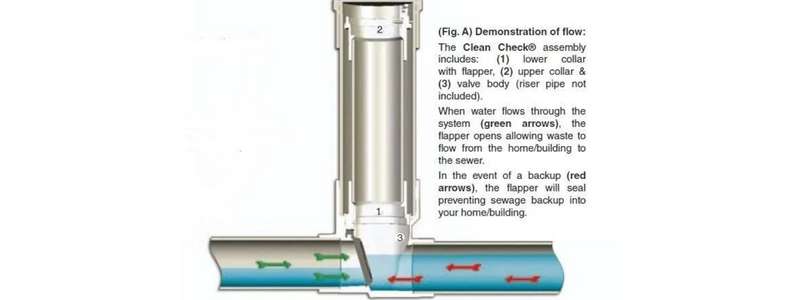
Backwater valves come in a variety of shapes and sizes, but the most common one is a Y-shaped valve with two flaps that open outward when water pressure is coming in and close inward when there’s an attempt to flow back out.
The valve itself will usually be made of sturdy plastic or metal and can either be installed horizontally or vertically. Here is a Wikipedia article for Backwater Valve if you still want o learn more.
Where Is Backwater Valve Located?
If you are not familiar with where to find the backwater valve, here’s where to look.
Backwater valves are typically installed in the basement or crawlspace of a home. The location will vary depending on the layout and plumbing system of the building but is usually near where the main drain line exits or near an outside wall.
In some cases, the backwater valve may be located outside of the building, rather than in the basement.
This may be the case if the sewer line runs underground before entering the building, or if the plumbing system is configured in a way that makes it more practical to locate the valve outside.
In either case, the purpose of the valve is the same: to prevent sewage from backing up into the building in the event of a blockage or overflow in the municipal sewer system.
When you seek professional help, it is better if you know where is backwater valve located on your property.
How Do The Backwater Valves Work?
Backwater valves are designed to keep contaminated water from flowing back into your plumbing system.
When the valve senses a sudden change in water pressure, it automatically closes to create a barrier that prevents contamination from getting through.
The valve consists of a flap or gate that is normally held open by the flow of wastewater out of the building.
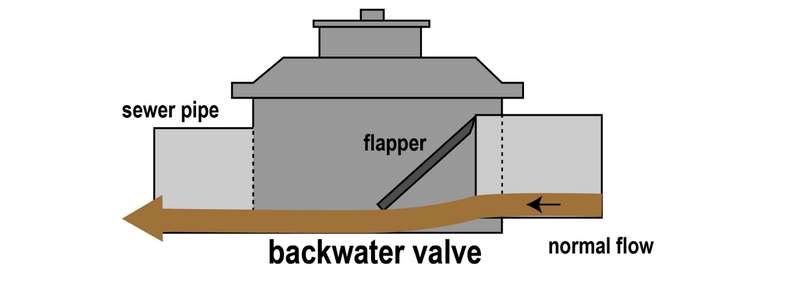
When the sewage flow is reversed, however, the valve closes to prevent the sewage from entering the building.
This is particularly important in areas that are prone to flooding or heavy rainfall, as it can help to protect the building from water damage. According to FEMA here is how Backwater valves protect your home/basement.
Backwater Valve Failure: Key Reasons
Here in Toronto, there are some key reasons behind most backwater valve failures. Let’s explore them.
Valve failure refers to the valve becoming stuck in the open or closed position, preventing it from functioning properly.
Blockages are also a common problem. Debris or other foreign objects may become lodged in the valve, preventing it from opening or closing properly.
Poor installation is another culprit. If the valve was not installed correctly, it may not function properly.
Last but not least, over time, the valve may become worn or damaged, resulting in leaks or other issues.
Where To Install Backwater Valves
The ideal location to install a backwater valve is in the lowest part of your home’s plumbing system.
This will allow it to be as close as possible to the potential source of contamination so that it can more effectively trap any wastewater before it has a chance to enter your clean water pipes.
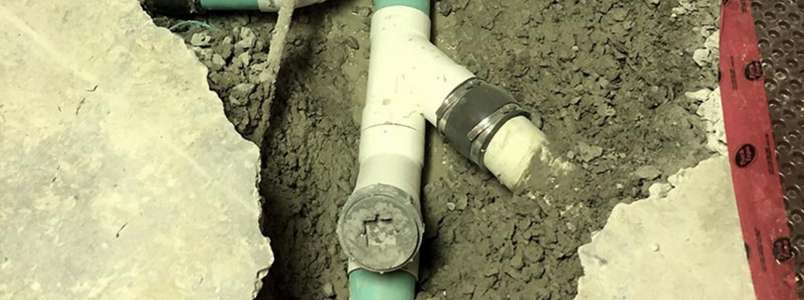
However, if your plumbing system is configured differently or the basement isn’t suitable for any reason, a valve can also be installed outside near the main drain line.
Backwater Valve Installation: How Do They Do It?
Backwater valves are an important part of your plumbing system, and should be installed correctly to ensure proper operation.
Professional backwater valve installation is the best way to ensure that these devices work correctly, protecting your home from flooding or other water damage. Here are the steps:
- A professional plumber will start by identifying where the backwater valve needs to be installed in your home. This is done by examining the existing plumbing system and determining the best location for a backwater valve.
- Once the plumber has determined where to install the device, they will begin preparation for installation. This may include some demolition of existing pipes or fixtures if necessary.
- The plumber will then fit any necessary pieces required for the backwater valve, such as adapters and joints.
- After that the plumber will install the valve in its designated spot, starting with a check valve or other flapper-type device that is designed to keep water from flowing backward into your home’s plumbing system.
- The next step is to attach pipes to the valves and secure them with screws, bolts, or other fasteners.
- After the backwater valve is securely attached to the pipes and fixtures, the plumber will test it to make sure it’s working properly. This involves flushing water through the system and checking for any leaks or other issues that could indicate a faulty installation.
- The professional will then perform a final inspection of the valve and make any necessary adjustments before connecting the valve to your home’s plumbing system.
When professionally installed, backwater valves can provide an additional layer of protection against flooding or other water damage in your home.
A professional plumber will ensure that the device is correctly fitted and tested so you can rest assured that it is functioning properly
Backwater Valve Toronto: Installation & Repair Service
At Citizen Plumbing, we provide professional backwater valve installation services to protect your home from basement flooding.
Our experienced technicians can help you choose the right type of backwater valve for your specific needs, and then install it according to city standards.
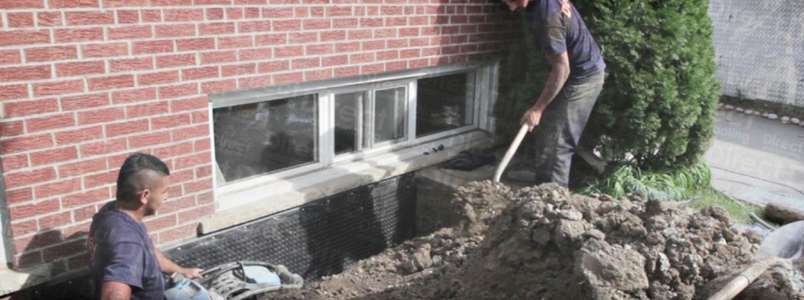
Our 24 hour plumber Toronto services include general plumbing, duct & vent cleaning, home renovation plumbing, drain unclogging, pool installation, leak detection & repair, pipe installation & repair, and many more. No matter what type of plumbing service you need, our experts are here to help.
We guarantee all our work and provide you with quality plumbing services that last. Our technicians are certified and insured, so you can be sure your job will be done right the first time. Contact us today to get a free estimation today!
Backwater Valve Installation Cost
The cost of installing a backwater valve varies depending on the type and size of your property, as well as your location.
In general, you should expect to spend between $500 and $2,000 for the entire installation process.
This includes all parts, labor costs, and any additional services such as permits or inspections that may be required.
Backwater Valve Repair And Maintenance: Pro Tips
Having a backwater valve installed in your plumbing system is just the first step toward protecting your home from potentially contaminated water.
Here are some pro tips that might be helpful if you’re a homeowner or renter in Toronto with plumbing issues.
- It’s important to regularly maintain and inspect the valve in order to keep it functioning for years to come.
- We recommend having a professional plumber come and check your backwater valve at least once a year, or more often if you live in an area with frequent flooding or heavy rainfall.
- A professional plumber can also help you diagnose any issues and provide the necessary repairs to keep your backwater valve functioning properly.
- Comparing prices from different contractors or suppliers can help you find the best deal on a backwater valve and installation services.
- Some local governments or utility companies may offer rebates/incentives for the installation of backwater valves. Researching these options can help you save money on the overall cost of the installation.
By keeping up with regular maintenance and inspection of your backwater valve, you can rest assured that it will continue protecting your home from potentially hazardous contaminants. SLIP department of the city of Santa Barbara has a short article about the maintenance of backwater valve.
Epilogue
That’s it for today. Throughout this guide, we’ve tried to provide a simplified overview of the backwater valve installation process.
We hope this article has been helpful in answering your questions and helping you understand the importance of backwater valve installation.
Feel free to contact us if you have any thoughts or experiences to share. May your homes be free from backflow for this year and many more years to come. Thanks for reading this far. Good luck.






 by
by